-landscape.jpg)
Leeds Modernist Society on The Brutalist
Lisa Brown from Leeds Modernist Society shares her reflections on Brady Corbet's epic drama.
Lisa Brown
Starring Adrian Brody as László Tóth, The Brutalist tells the story of a survivor of Buchenwald concentration camp arriving in post-war Pennsylvania after being forcibly separated from his wife Erzsébet (Felicity Jones) who remains in Europe with her niece Zsófia.
In part one: The Enigma of Arrival, Tóth is taken in by his cousin Attila and his wife Audrey. He is set to work in their furniture store, Hiller & Sons (the fabricated name created to Americanise and perhaps legitimise the business). The traditional style furniture is soon replaced with designs by Tóth, a Bauhaus-trained architect. Out go the fussy armchairs and sideboards and in come sleek chaise lounges and bent steel chairs - reminiscent of the Cesca chair by Marcel Breuer, whose life story director Corbet was inspired by.
In the wake of this modernisation in style, László and Attila are commissioned by the son and daughter of industrialist Harrison Lee Van Buren to redesign his library whilst he is away. But the unexpected early arrival of Van Buren with his gravely ill mother results in László and Attila being ousted from the house. Following this initial rejection, Van Buren, played by Guy Pearce, has a change of heart and begins to appreciate László’s work after seeing other projects published in the architectural press. The two embark on their grand scheme to build an institute and community centre in memory of Van Buren’s mother.
So, hopefully without disclosing too much of the plot, I will say that in part two: The Hard Core of Beauty, stunning time-lapse footage reveals the construction of the institute. Despite László’s constant grapple for acceptance, Tóth’s monumental edifice is realised in all its concrete glory, looming over the city as Quarry Hill once did here in Leeds.
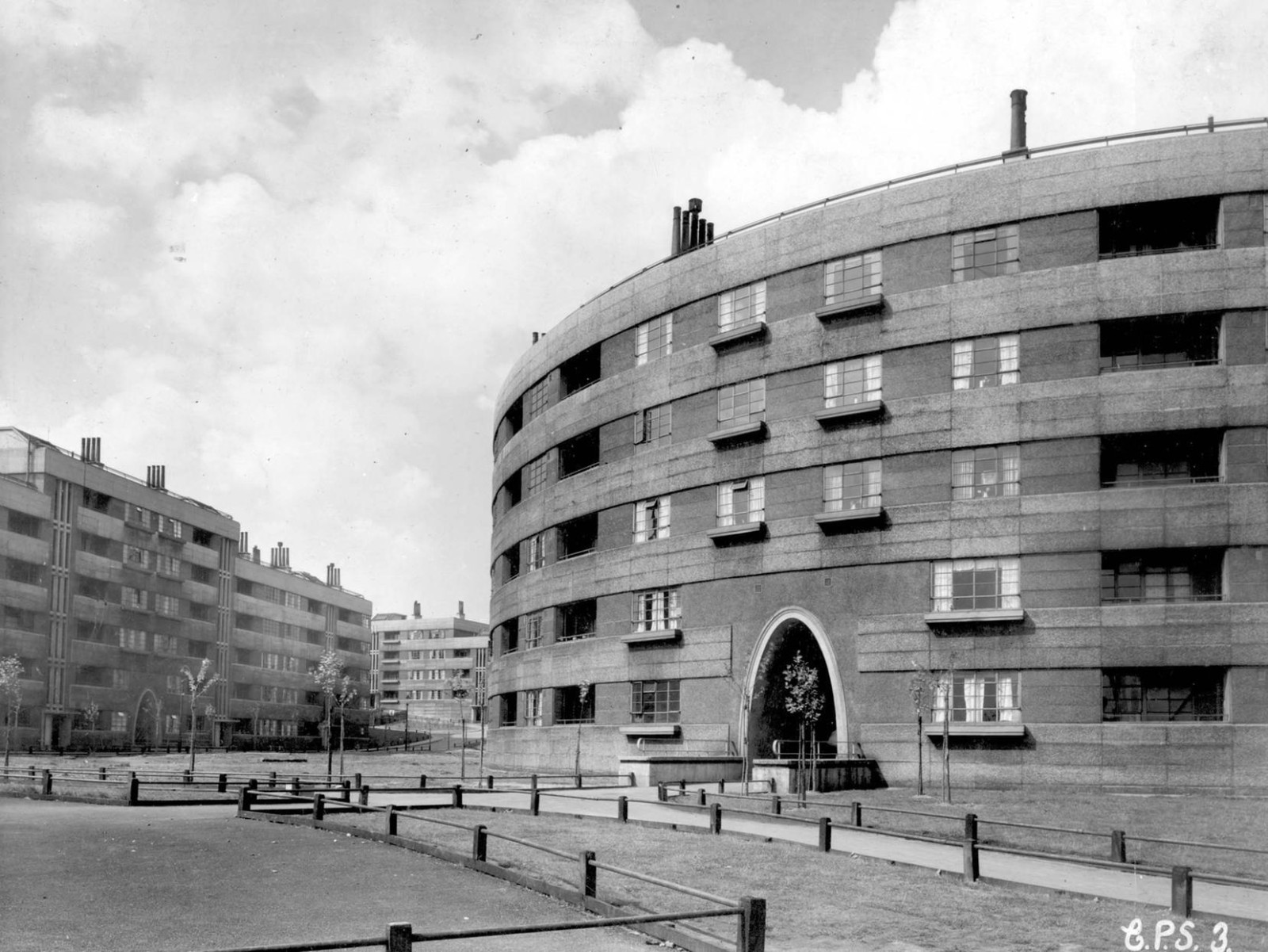
Judy Becker was the production designer for the film and her work has earned her an Academy Award nomination. She has said that elements of Tóth's building were drawn from the Westchester Reform Temple (modernised in 2008 by Rogers Marvel Architects) and former Met Building; both by Marcel Breuer – as well as a staircase in the subway system of Washington DC, and the skyscapes of artist James Turrell.
One of my favourite features was the water filled space supported on mushroom-like fluted columns, reminiscent of Frank Lloyd Wright’s Johnson Wax building in Wisconsin, but which was actually filmed in a reservoir in Budapest.
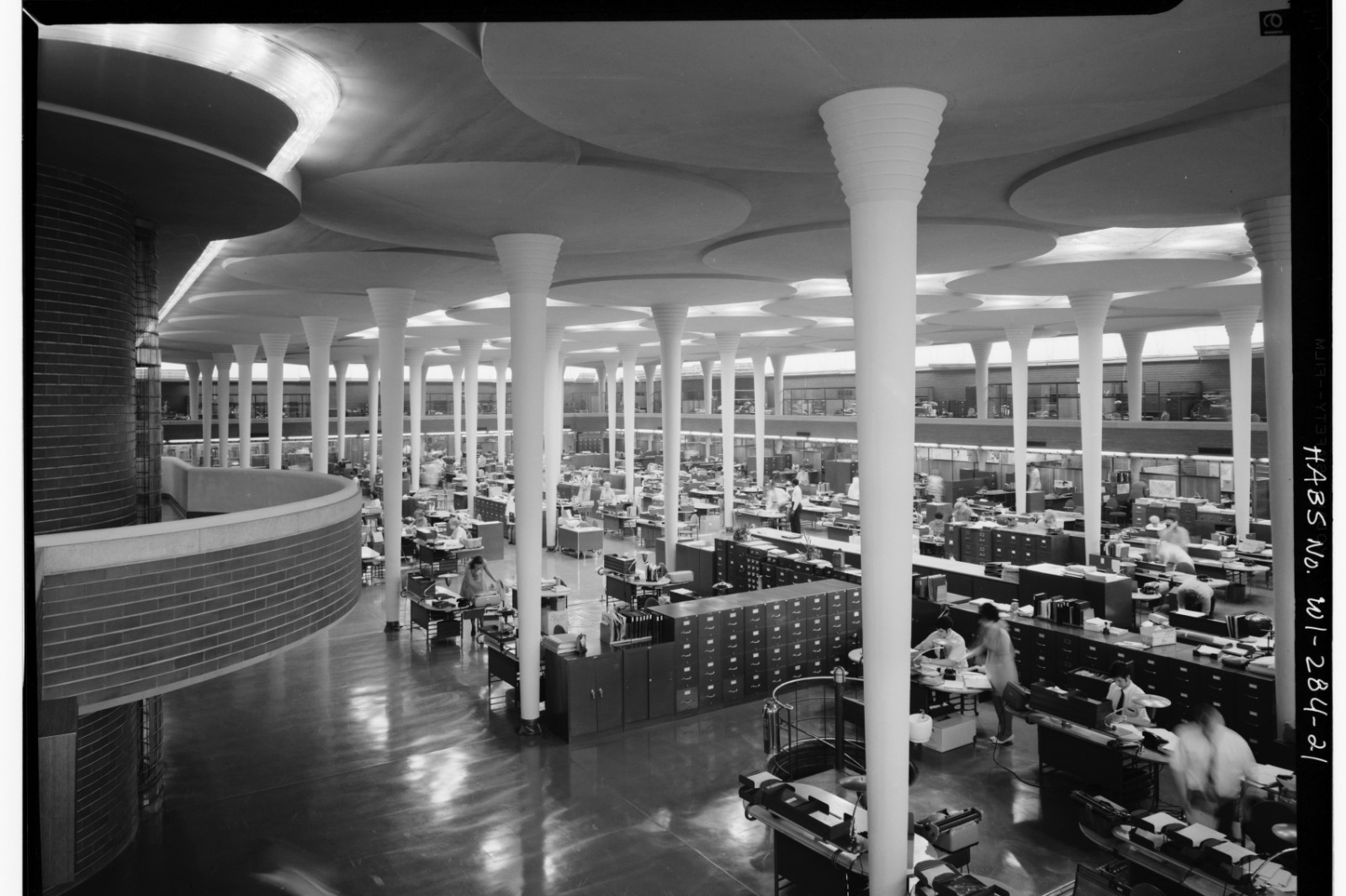
Aside from the dark nature of the story, and the overarching theme of struggle and hardship (and the occasional clunky scene), it is still a treat to be immersed in such a rich chronicle. The costumes, the El Lissitzky-style graphics, Daniel Blumberg’s score and the Vistavision aesthetic meld to make a truly beautiful piece of cinema.
The Brutalist continues to play at HPPH – but with only a few more screenings confirmed, book your tickets now while you can! Showtimes & tickets here.
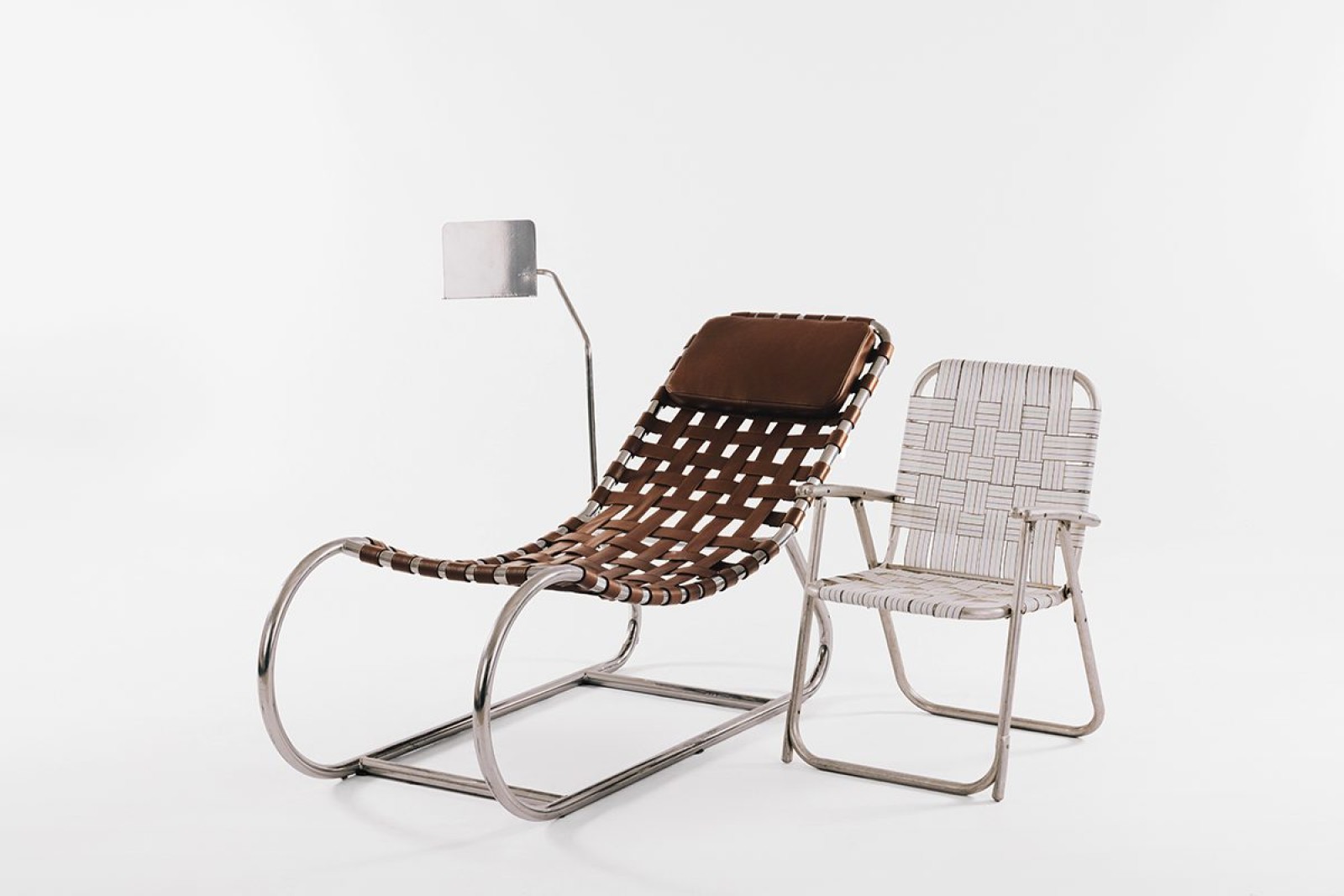
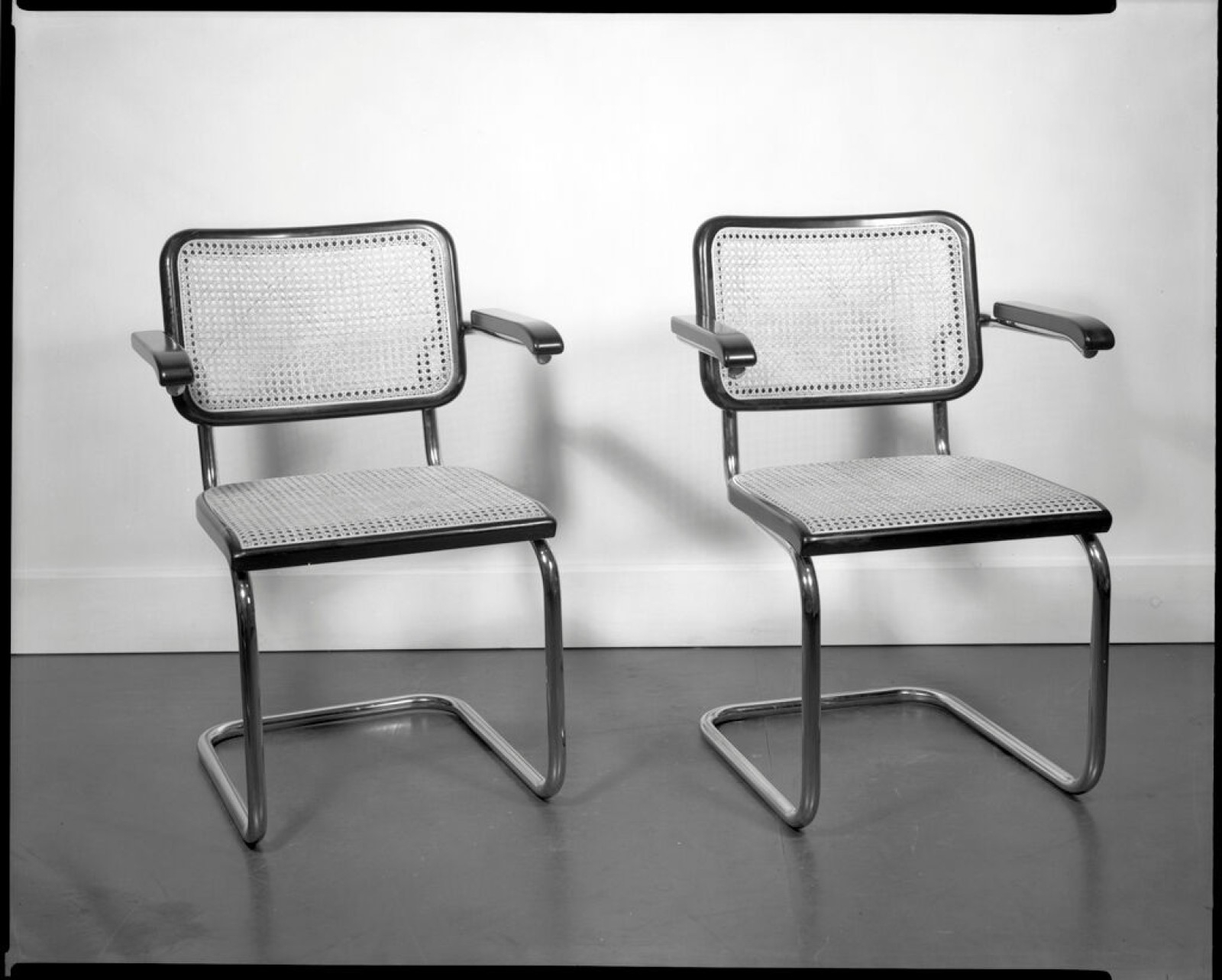
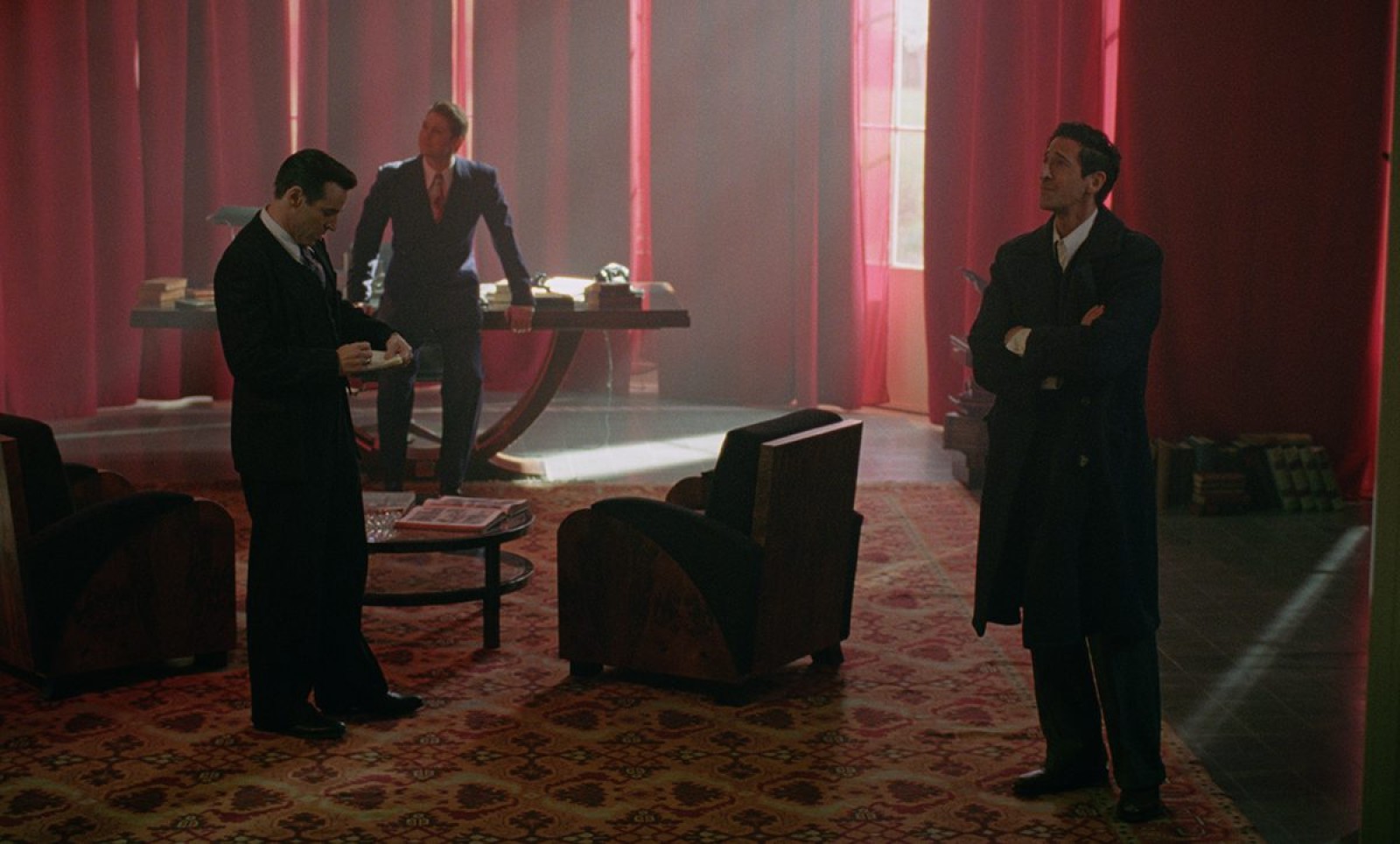
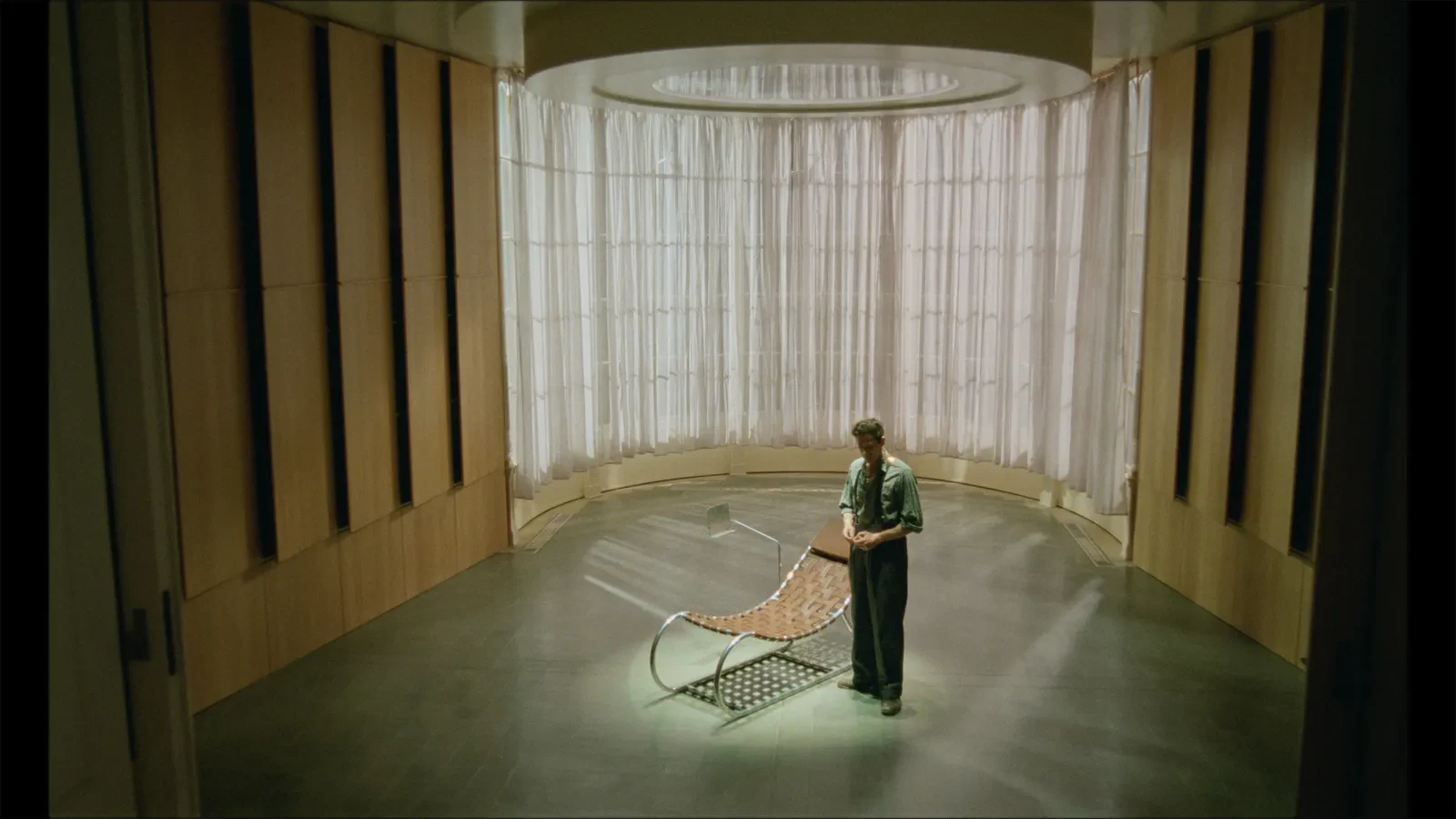
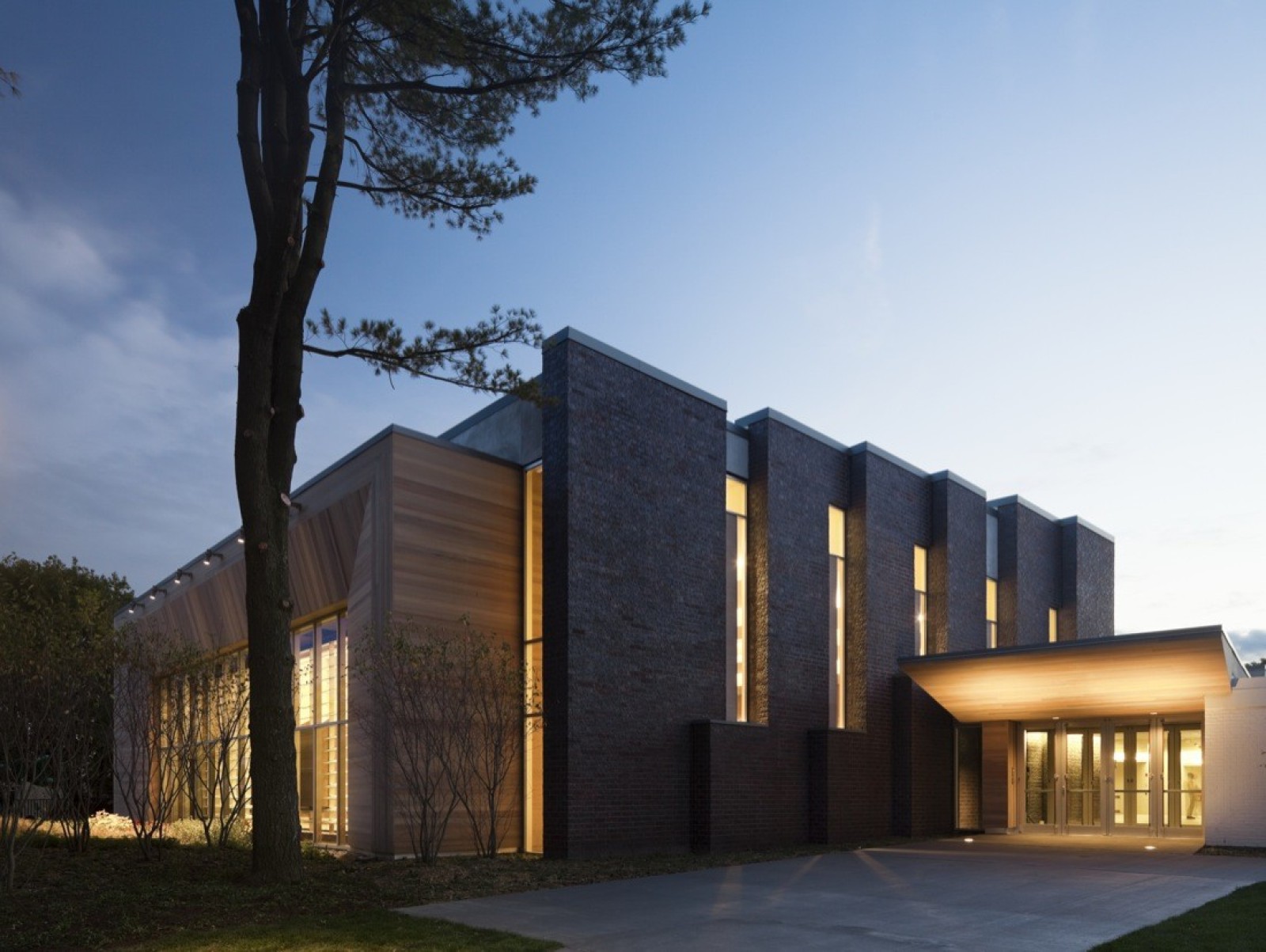
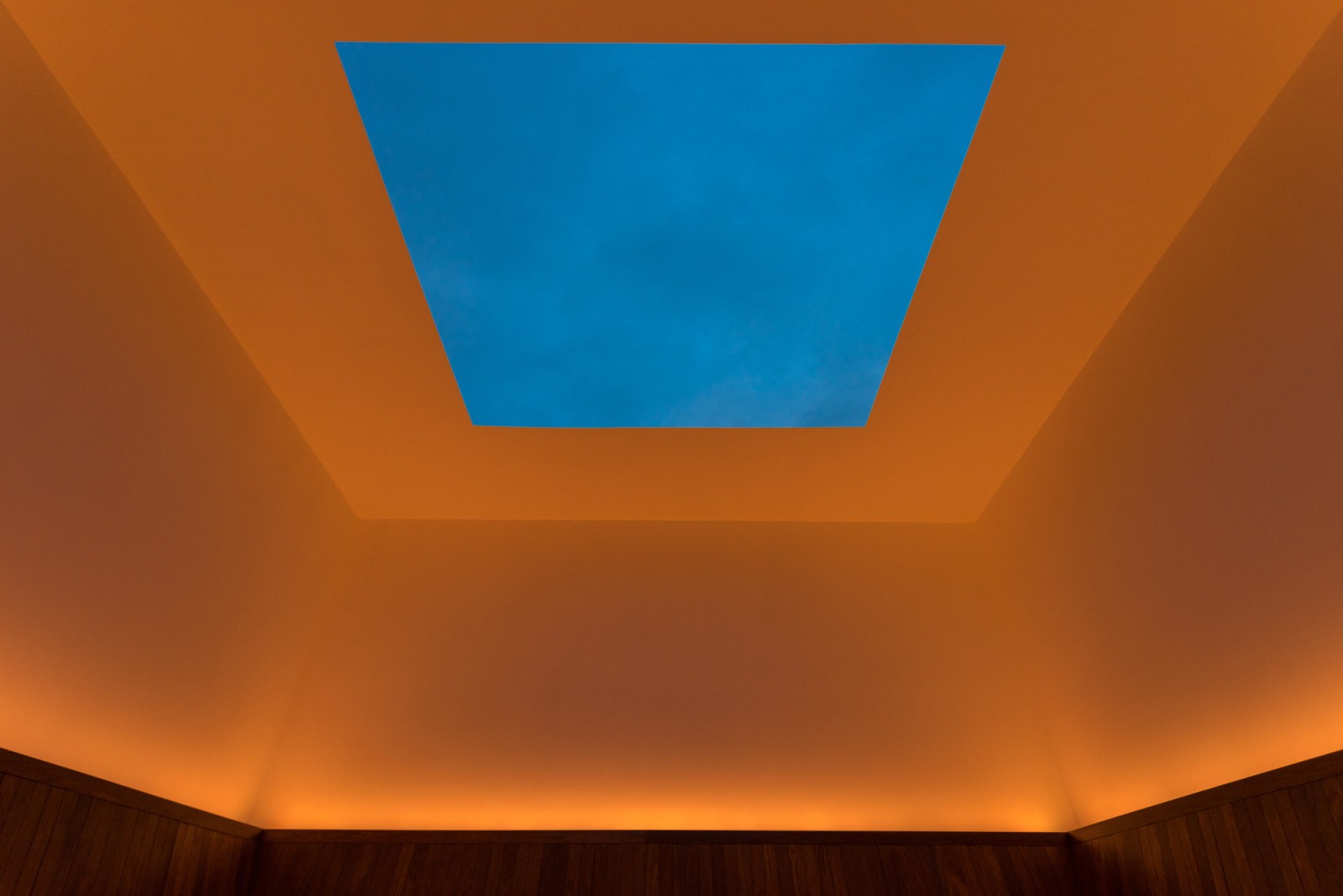

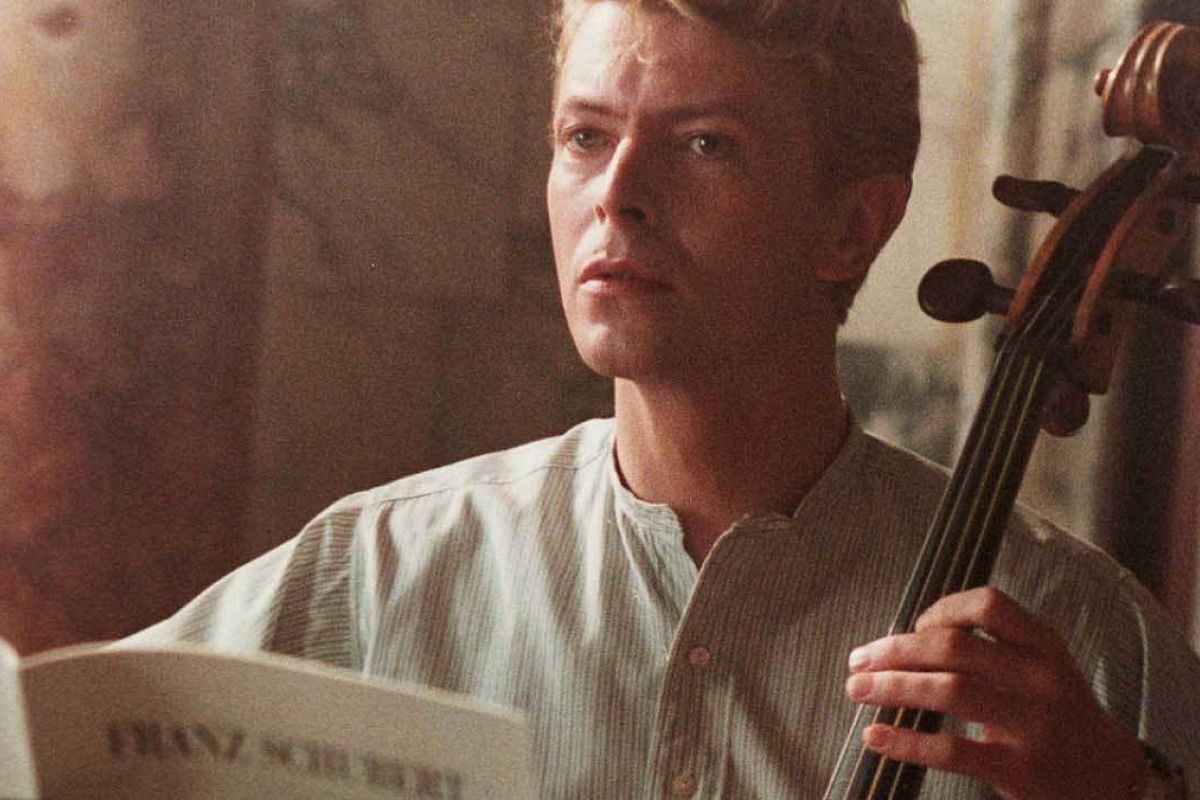
-landscape.jpg)